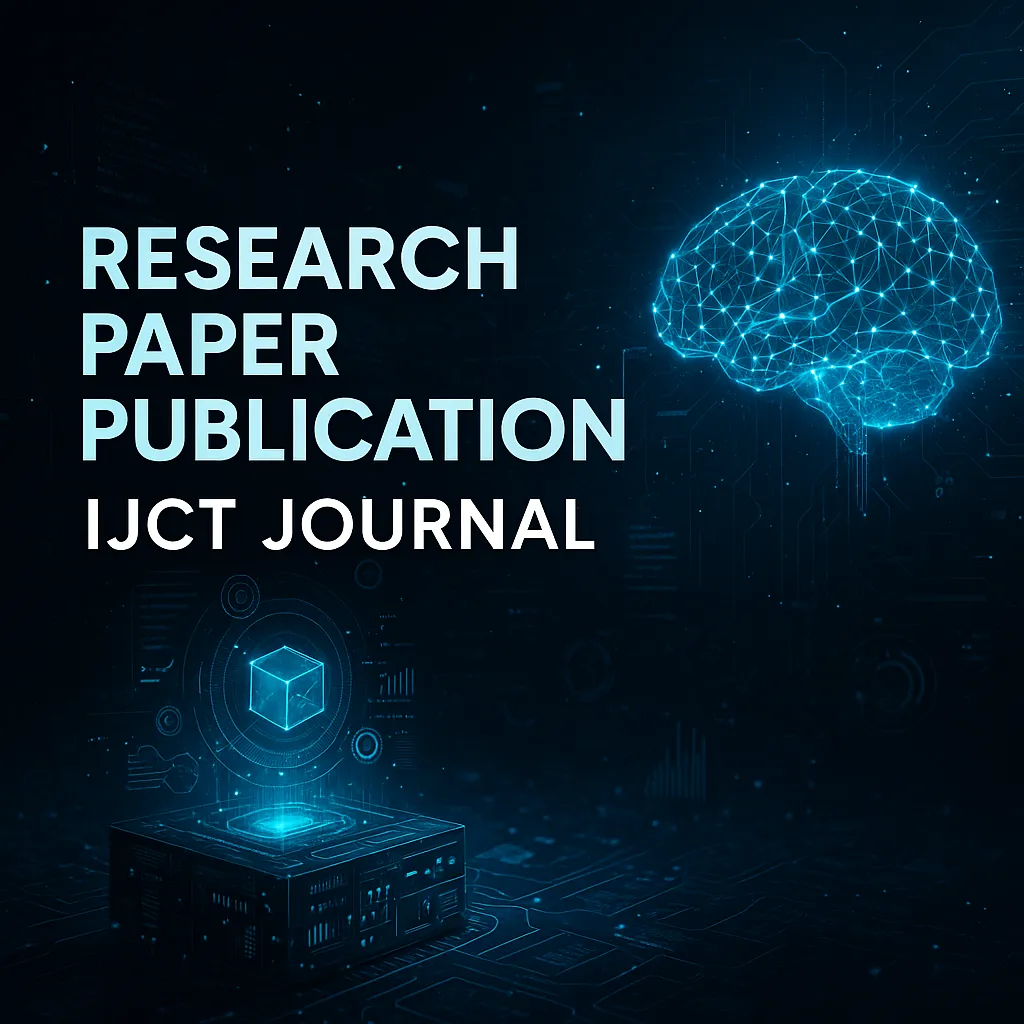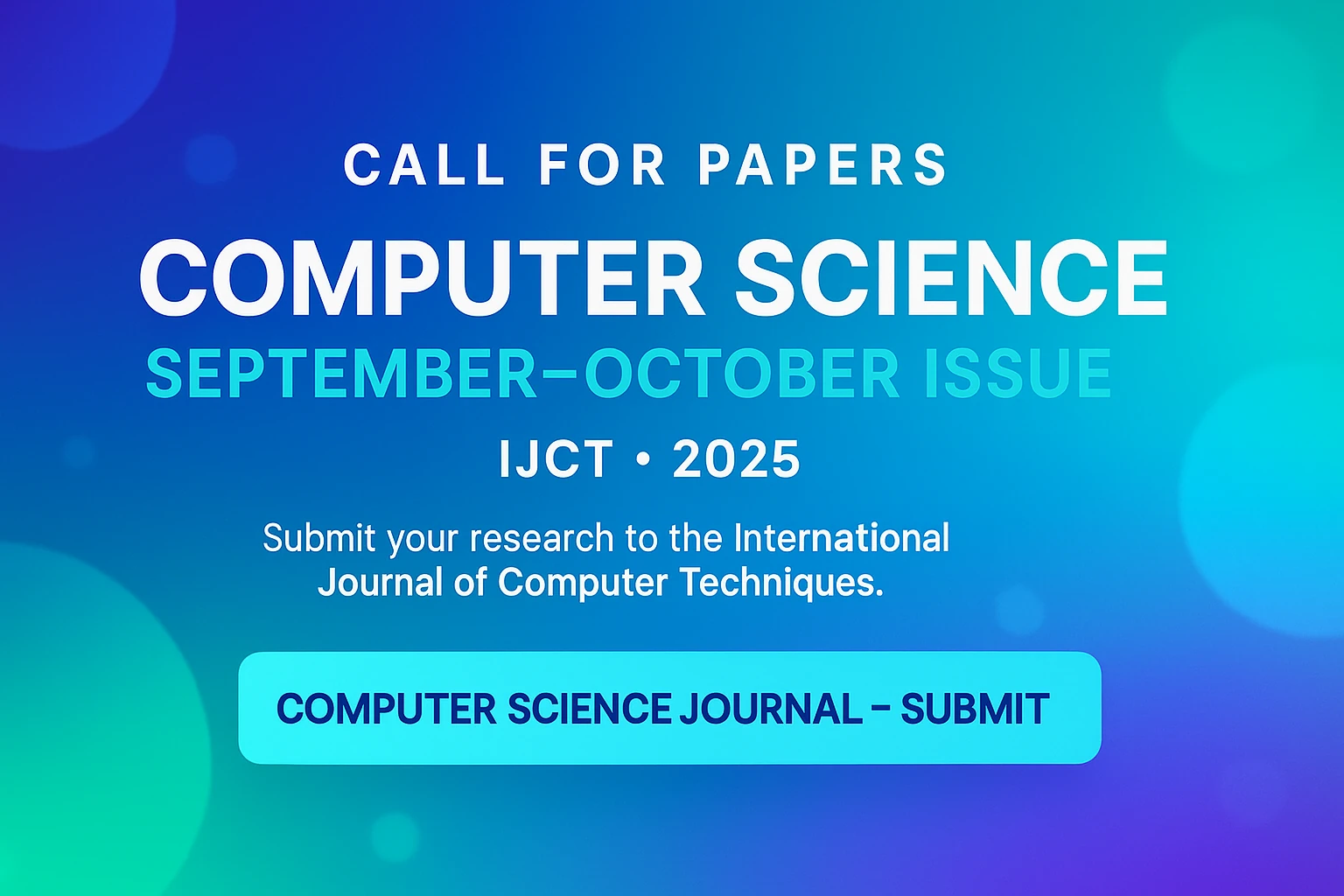
Impact Factor of Journals 2025 | Find, Submit, and Maximize – IJCT
Impact Factor of Journals: Guide for 2025 Authors
Explore everything about impact factor of journals: how to find it, why it matters, and how to publish in high-impact journals like the International Journal of Computer Techniques (IJCT). This 2025 open access, peer-reviewed journal (ISSN 2394-2231) is your next step to higher research visibility and career advancement.

What is Impact Factor?
The impact factor of journals is a measure reflecting the yearly average number of citations to articles published in a journal during the previous two years. Introduced by Eugene Garfield, it helps authors and institutions assess a journal’s importance and scientific influence. Impact factors play a crucial role in journal rankings, funding decisions, and academic promotions.
High impact factor journals like those indexed in Scopus, JCR, or Web of Science are often preferred for peer-reviewed paper submission and can offer greater research visibility and citation potential.
How is Impact Factor Calculated?
The classic impact factor formula is:
Citations in year X to articles published in years X-1 and X-2 divided by total number of articles published in years X-1 and X-2. If a journal published 100 articles in 2023 and 2024, with 350 citations in 2025, its impact factor for 2025 would be 3.50.
- Impact factor is reported annually by Clarivate Analytics (Journal Citation Reports).
- Use “impact factor of journals list” or “JCR impact factor” in search tools for journal rankings.
- Authors can compare research journal impact factors before submitting.
How to Find a Journal’s Impact Factor?
- Search in Journal Citation Reports (JCR) or SCImago Journal & Country Rank (SJR).
- Use Google with long-tail keywords: impact factor of journals 2025, how to find impact factor of journals, jcr impact factor.
- Many journal homepages display their latest metrics and h index.
- Consult library guides or academic resources such as IJCT academic indexing databases.
What is Considered a Good Impact Factor?
The range of what counts as a good impact factor varies by scientific discipline. In computer science journals, an impact factor above 2.0 is recognized as above average. Highly cited open access journals may have impact factors above 5.0, while new or niche journals may trend lower. Focus also on peer-review quality, editorial transparency, and indexing in databases like Scopus for overall credibility.
- Always check a journal’s acceptance rate and audience reach.
- Explore Low Cost Journal Publication options for affordable quality publishing.
Citation Analysis, h-index, and Journal Rankings
In addition to the impact factor of journals, other metrics include the h-index (which counts both productivity and citation impact), SJR, and CiteScore.
Citation analysis helps track who is referencing your work and which journals are most cited. Journals with a high h-index are often considered leaders in their field, offering more visibility and influence for submissions.
| Metric | What it Measures |
|---|---|
| Impact Factor | Average citations per article (past 2 years) |
| h-index | Articles with at least h citations each |
| SJR | Prestige & visibility, Scopus-based metric |
| CiteScore | Average citations per document (4 years) |
For more metric details and impact factor updates, refer to IJCT Impact Factor Journal.
How to Submit to High Impact Journals
- Choose a journal indexed in Scopus, JCR, or well-known academic databases.
- Carefully read the submission guidelines and prepare your manuscript accordingly.
- Emphasize original research, clear structure, and strong references.
- Highlight innovation and support claims with data.
Frequently Asked Questions: Impact Factor of Journals
A: Impact factors are updated annually, usually in the summer via JCR.
A: Not always—a good impact factor depends on discipline and context. Review editorial quality, indexing, and peer-review standards too.
A: Submit your research to IJCT’s peer-reviewed platform to maximize visibility and citation chance.
A: Yes, many open access journals like IJCT are indexed and have competitive impact factor ratings.
A: Acceptance rate, h-index, speed of publication, and presence in respected databases boost credibility.




